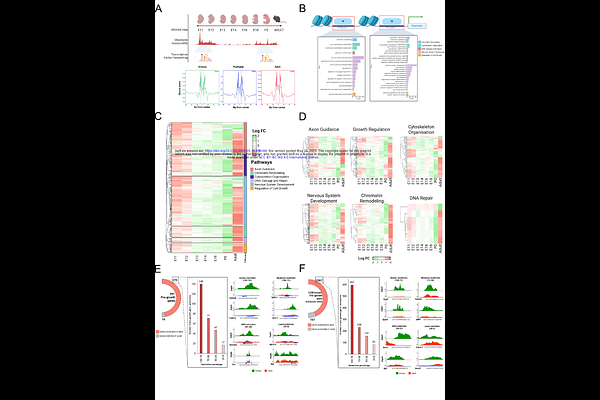PATZ1 Reinstates a Growth-Permissive Chromatin Landscape in Adult Corticospinal Neurons After Injury

PATZ1 Reinstates a Growth-Permissive Chromatin Landscape in Adult Corticospinal Neurons After Injury
Menon, A. S.; Kumaran, M.; Beji, D. S.; Kesireddy, D. K.; Sahu, Y.; Banerjee, S.; Manjunath, S.; Sanyal, K.; Konda, M.; Venkatesh, I.
AbstractAs the CNS matures, chromatin at growth associated genes gradually becomes less accessible, but the timing of this shift, the mechanisms behind it, and whether it can be reversed in adults have remained unclear. To address this, we mapped chromatin accessibility in corticospinal neurons across postnatal development and found two distinct waves of restriction, an early, partial closure between P0 to P4, followed by a stronger, more widespread restriction from P7 into adulthood. We also asked whether the distance of injury influences chromatin remodeling and found that distal (thoracic) injuries triggered only modest changes, while proximal (intracortical) injuries led to much broader accessibility shifts, pointing to injury proximity as a key factor in epigenetic responsiveness. We then tested whether this restricted chromatin could be reopened by introducing PATZ1, a transcription factor normally expressed during early postnatal growth. AAV based delivery of PATZ1 after injury caused marked chromatin remodeling, including an 11.6 fold increase in H3K27ac at growth-relevant sites and large-scale reorganization of 3D genome structure, with compartment shifts toward active states and altered TAD boundaries. These changes were accompanied by reactivation of gene networks linked to developmental growth. Our results help define when and how chromatin becomes restrictive in CNS neurons and show that it can be reopened using targeted interventions like PATZ1 to support regeneration.